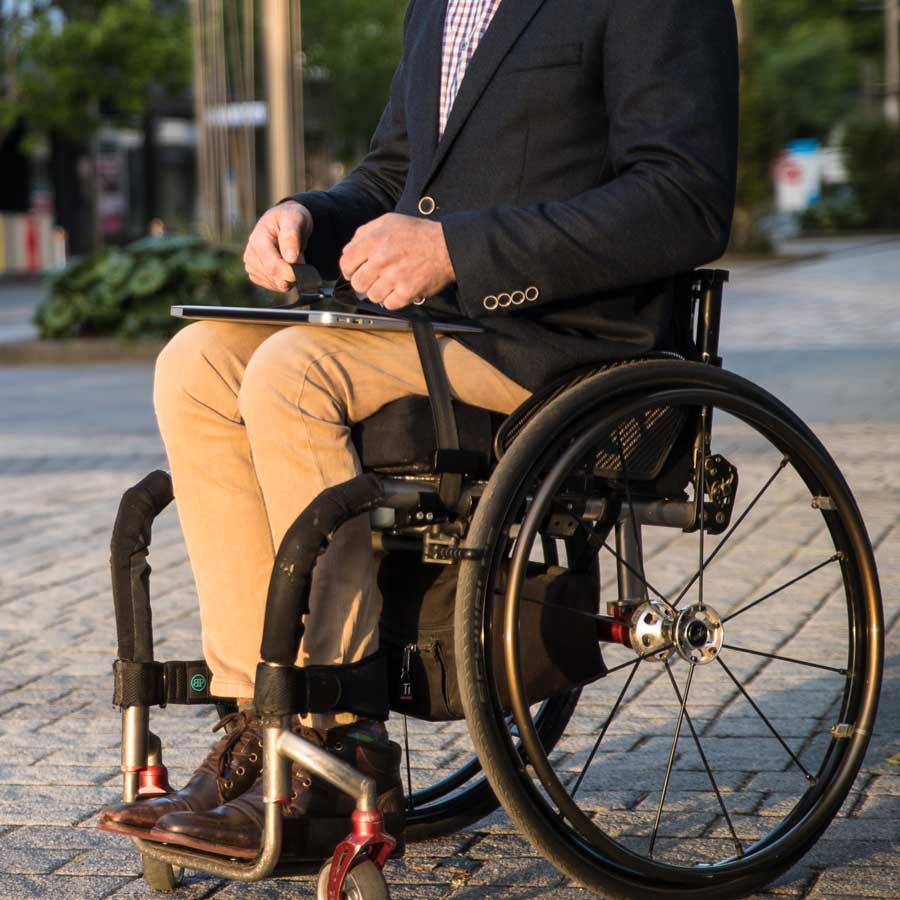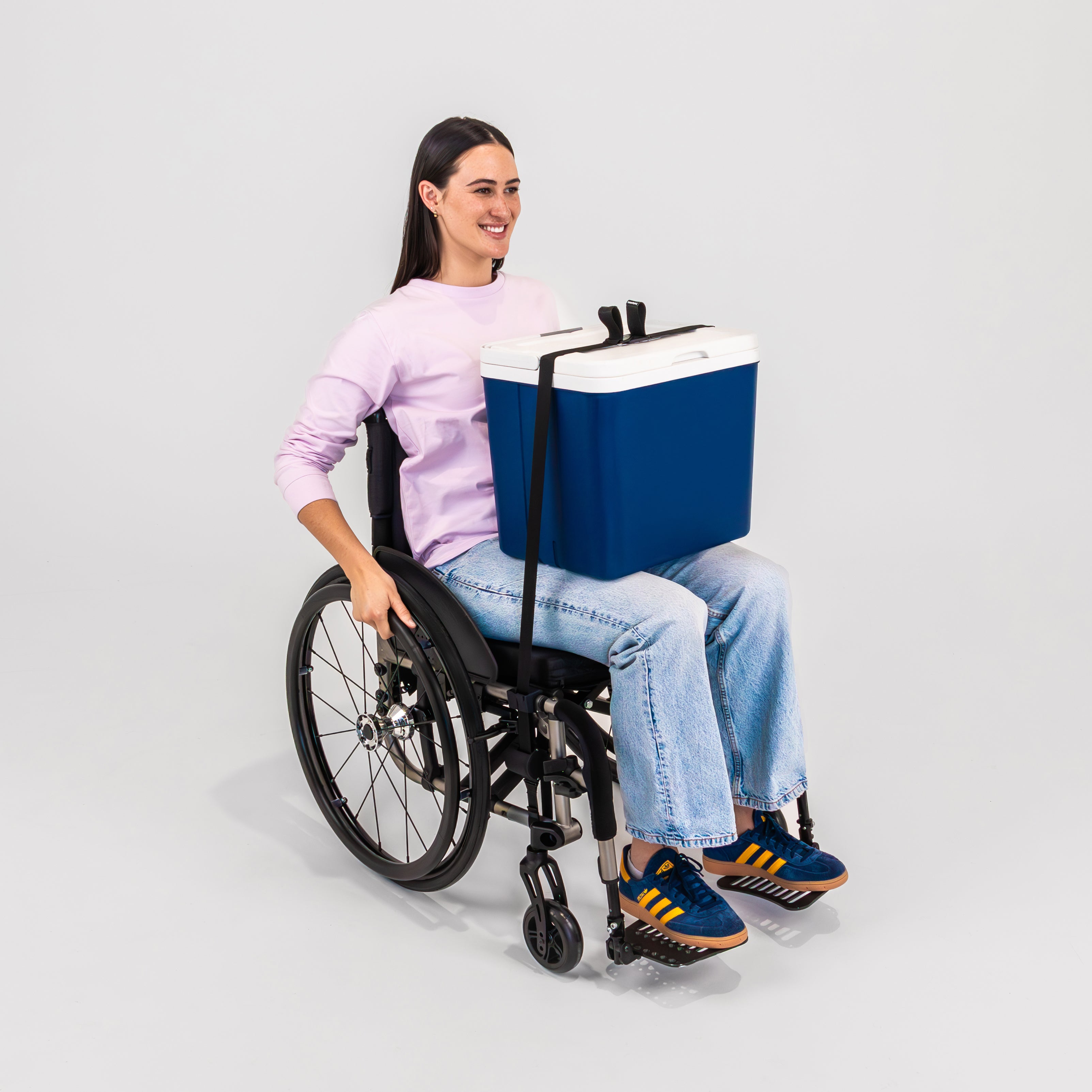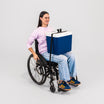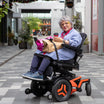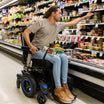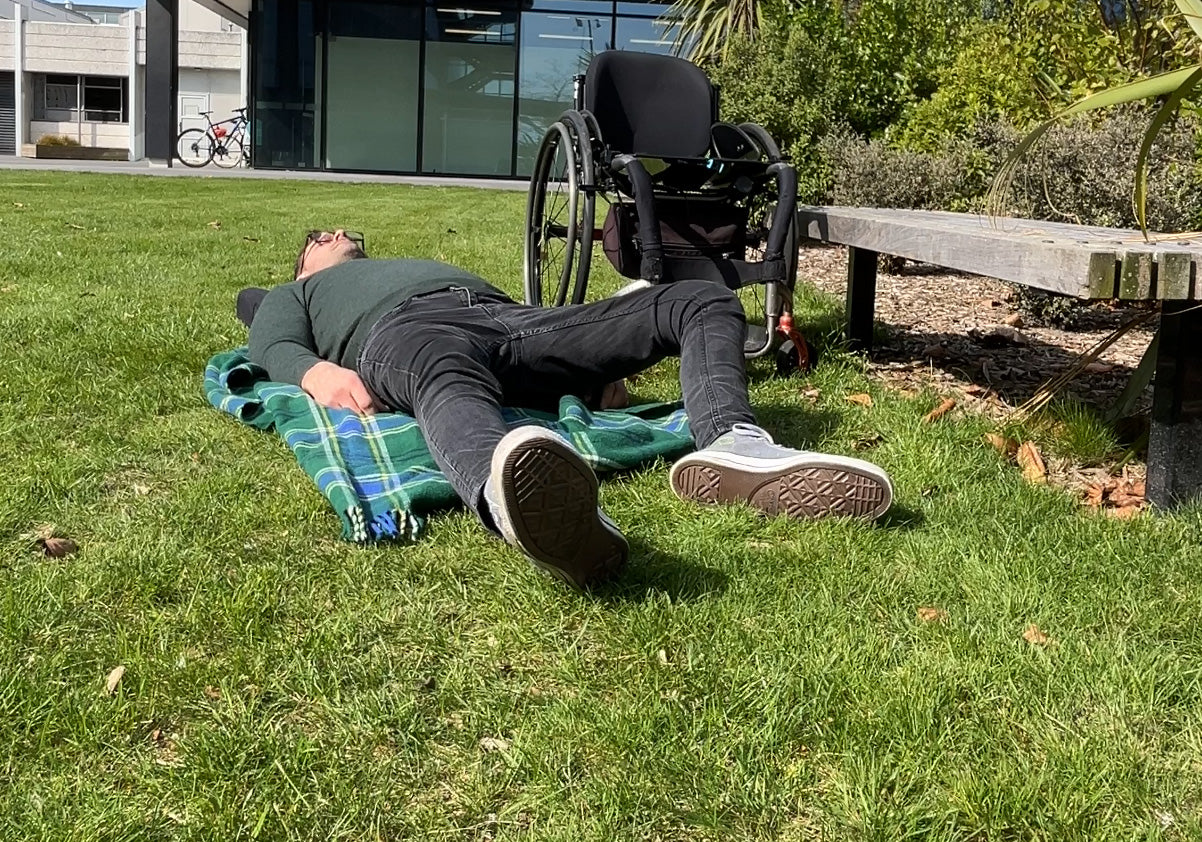
Quick energy boost for wheelchair users - 10-minute reset trick.
Feeling drained? Try this quick reset for wheelchair users. Being a wheelchair user can drain your energy, especially as the day wears on. I'm always on the lookout for quick and effective ways to ...
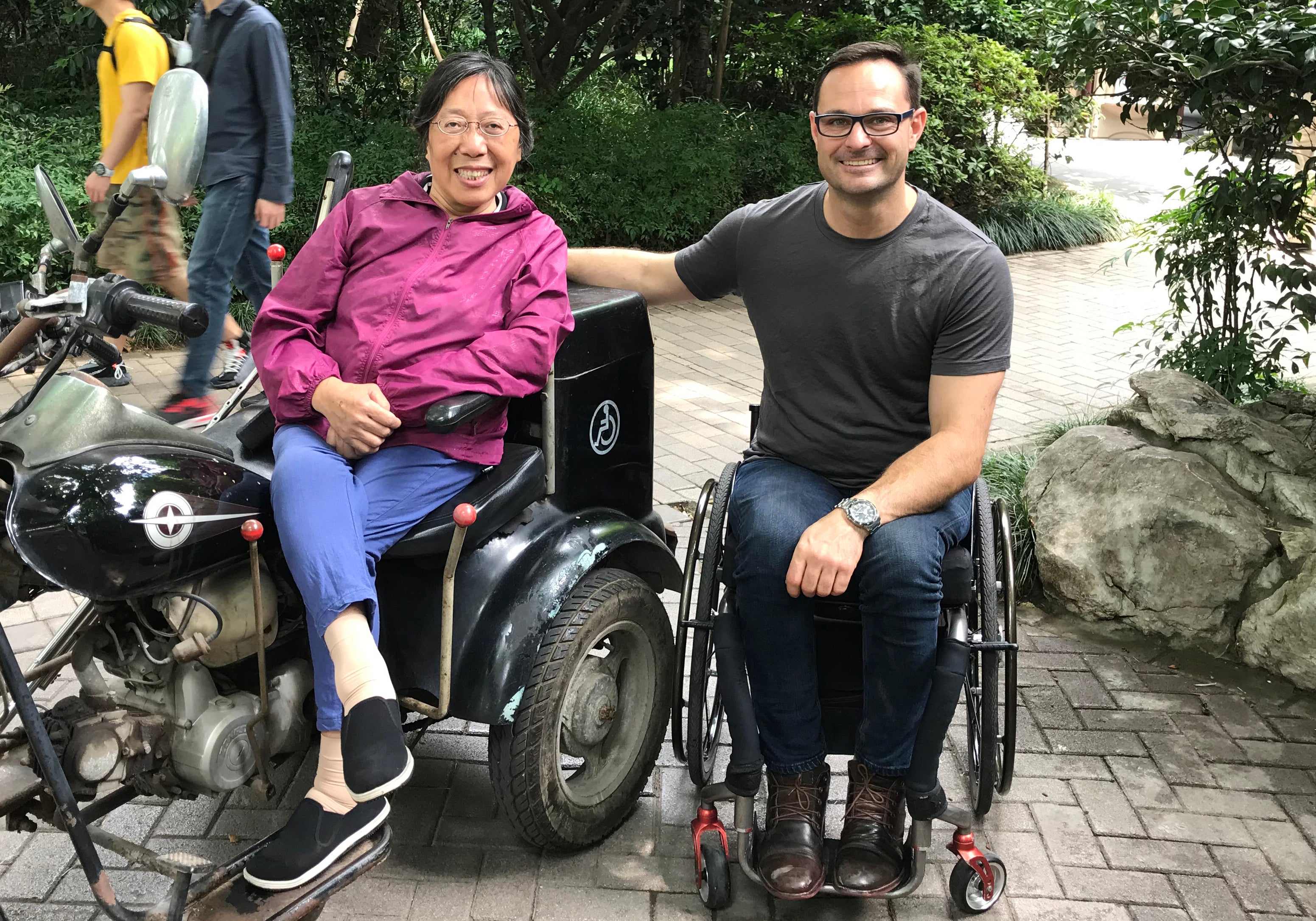
Mastering wheelchair travel - 4 tips for a smoother journey.
Inspired by the challenges of wheelchair travel, which can be as complex as the world of manufacturing, here are four essential tips that will not only help you navigate the intricacies of wheelch...
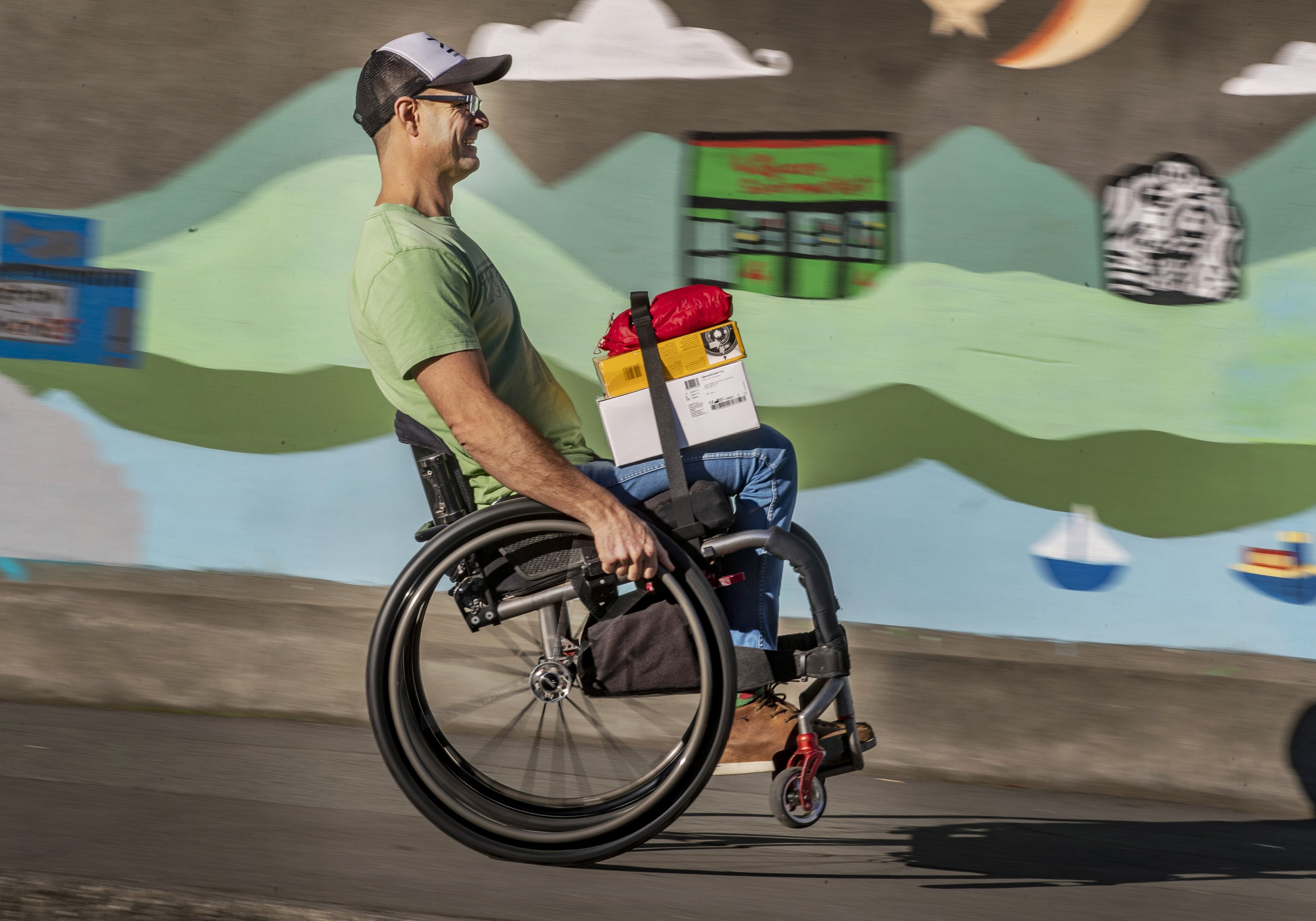
3 reasons you should master a wheelie in your wheelchair.
Mastering a wheelie as a wheelchair user is perhaps the most important skill you can learn. It has numerous practical, empowering, and freeing benefits. From boosting safety to challenging societal...
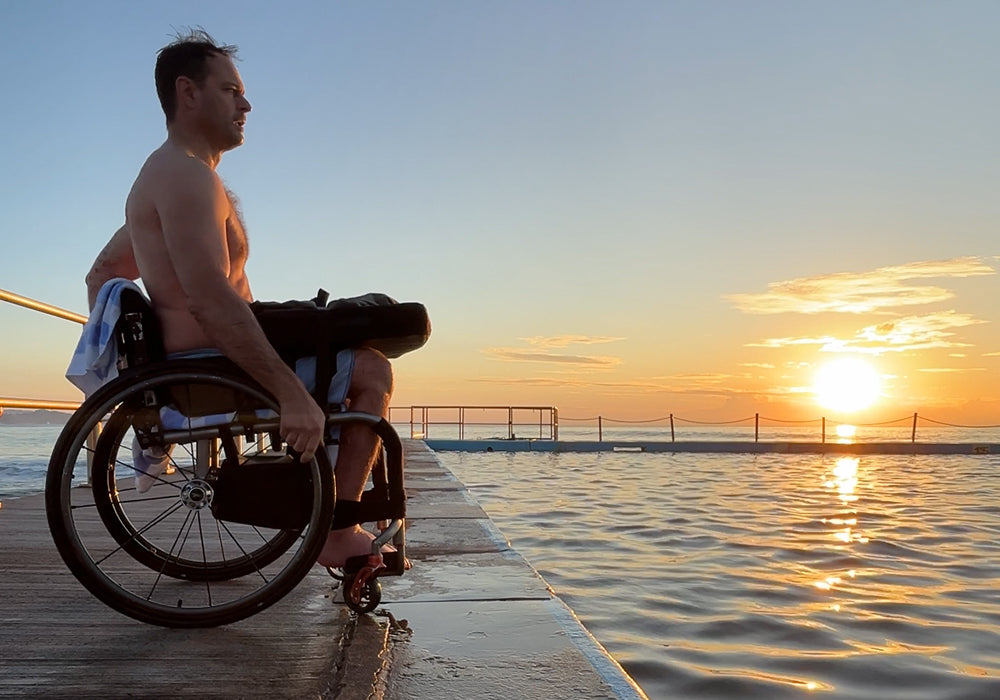
5 hacks to swim easier, safer and more independently as a paraplegic.
This seemed impossible the first time I tried. Transferring from a wheelchair to the ground, into a pool and then back out of the pool and into the wheelchair again as a paraplegic seemed impossibl...

Sleep better tonight - 3 proven tips for enhanced sleep quality.
Most of us struggle with getting a good night's sleep at some point in our lives, which can make our days feel longer and more challenging than they need to be. What if the key to unlocking restora...
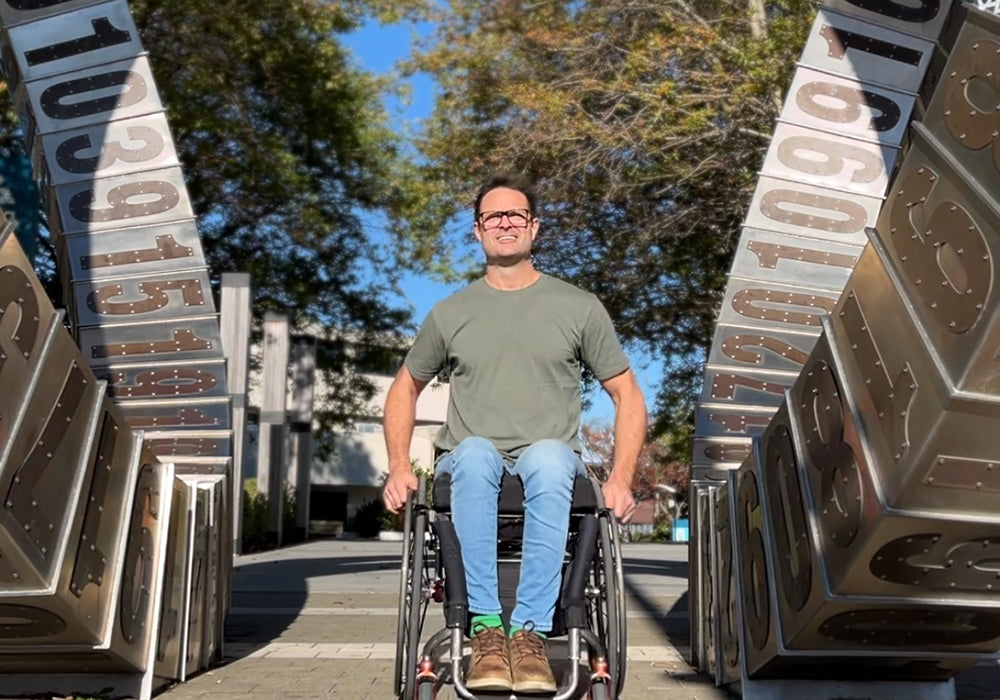
4 reasons why going with the flow isn’t just easier - it’s often smarter.
Sometimes, the best path forward is the one we roll with, not the one we planned. Here are 4 reasons why going with the flow isn’t just easier but often smarter: Adaptability - Life is full of u...
Let's get to know each other.
Join us on social.


